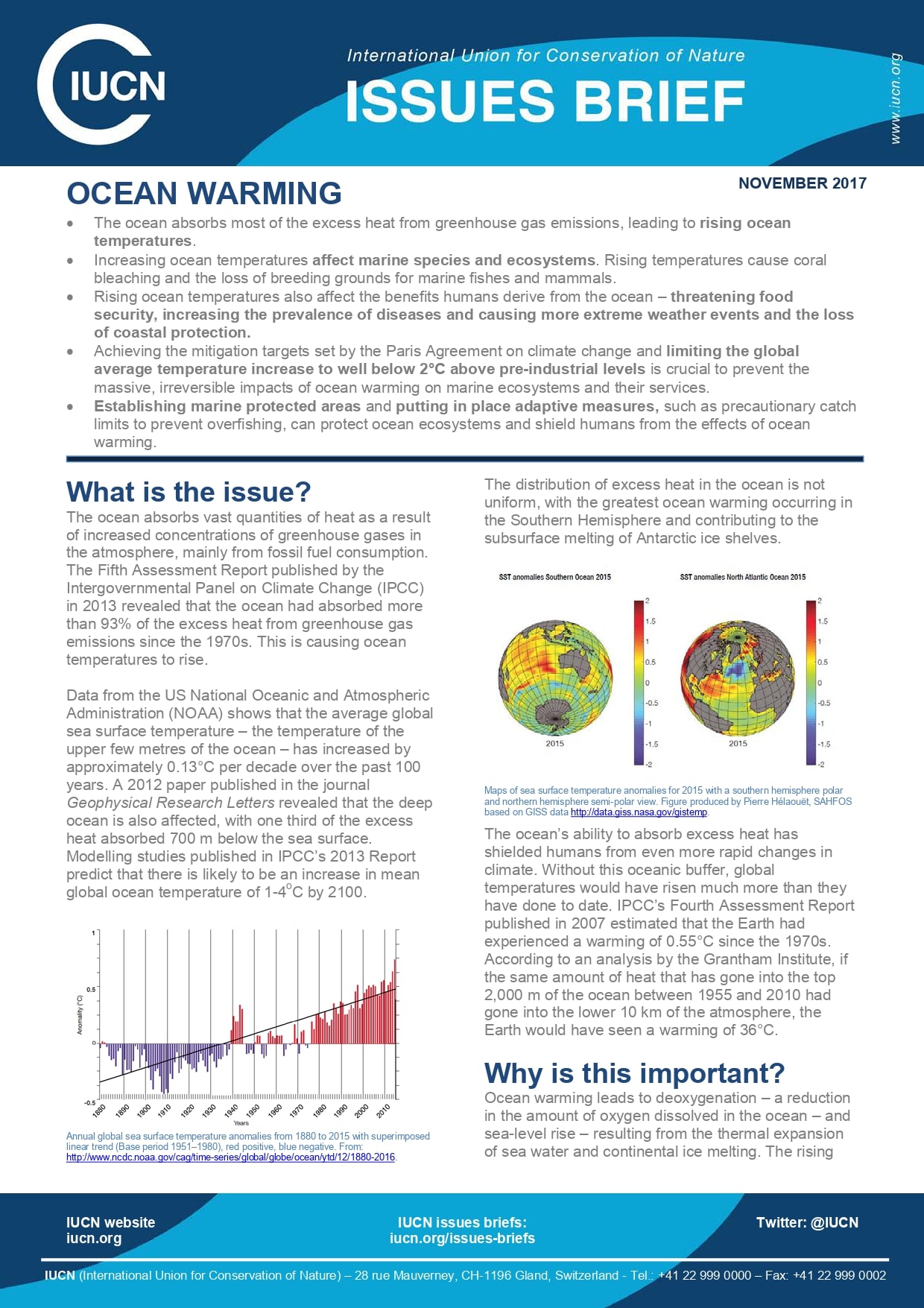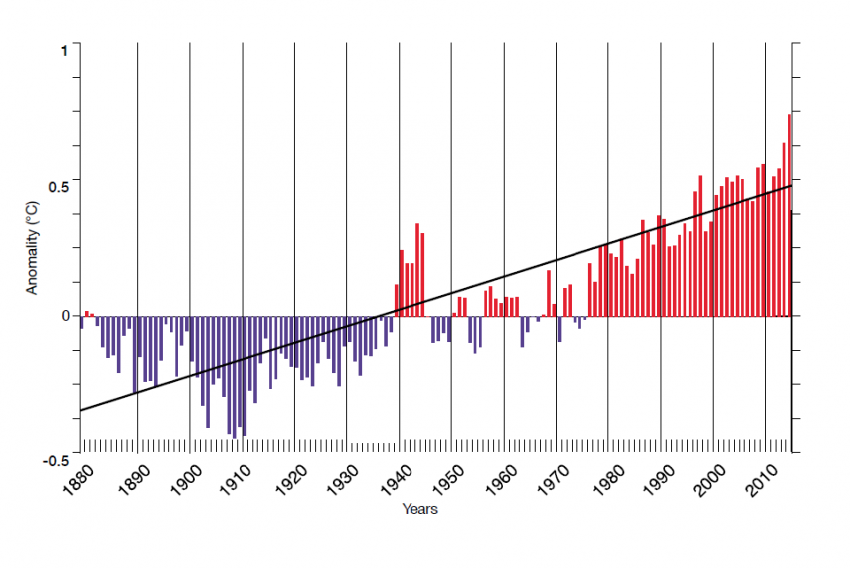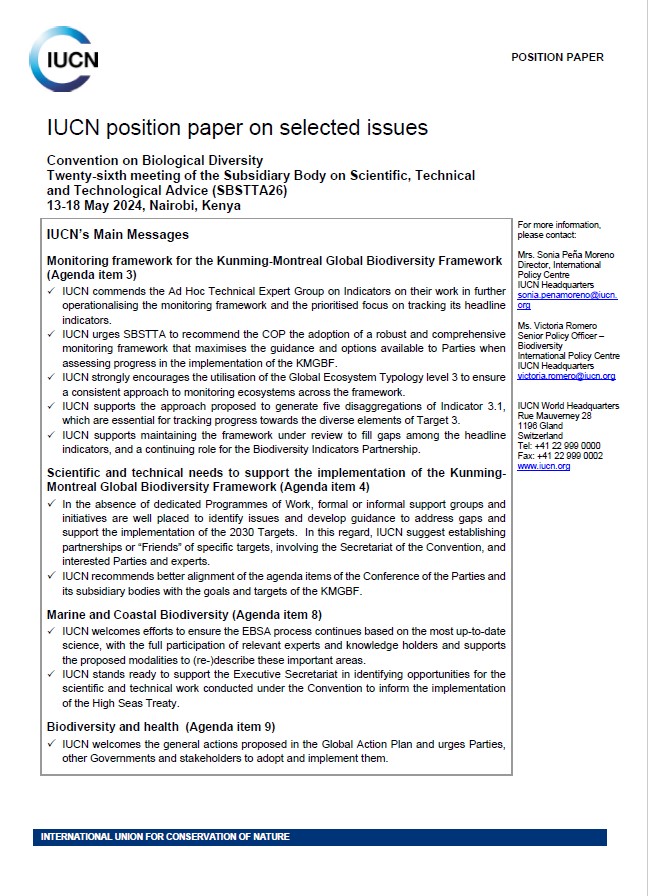What is the issue?
The ocean absorbs vast quantities of heat as a result of increased concentrations of greenhouse gases in the atmosphere, mainly from fossil fuel consumption. The Fifth Assessment Report published by the Intergovernmental Panel on Climate Change (IPCC) in 2013 revealed that the ocean had absorbed more than 93% of the excess heat from greenhouse gas emissions since the 1970s. This is causing ocean temperatures to rise.
Data from the US National Oceanic and Atmospheric Administration (NOAA) shows that the average global sea surface temperature – the temperature of the upper few metres of the ocean – has increased by approximately 0.13°C per decade over the past 100 years. A 2012 paper published in the journal Geophysical Research Letters revealed that the deep ocean is also affected, with one third of the excess heat absorbed 700 m below the sea surface. Modelling studies published in IPCC’s 2013 Report predict that there is likely to be an increase in mean global ocean temperature of 1-4oC by 2100.








